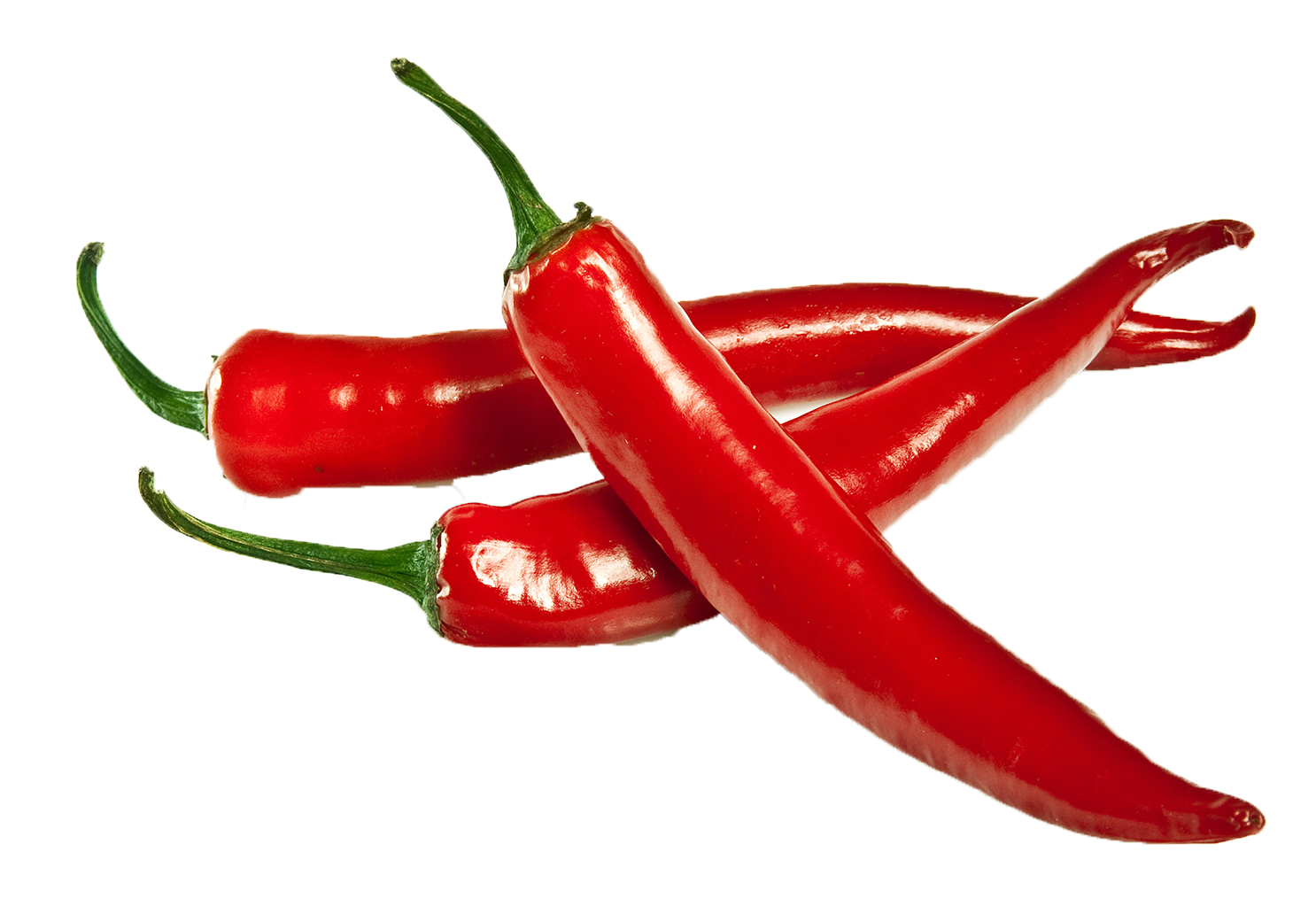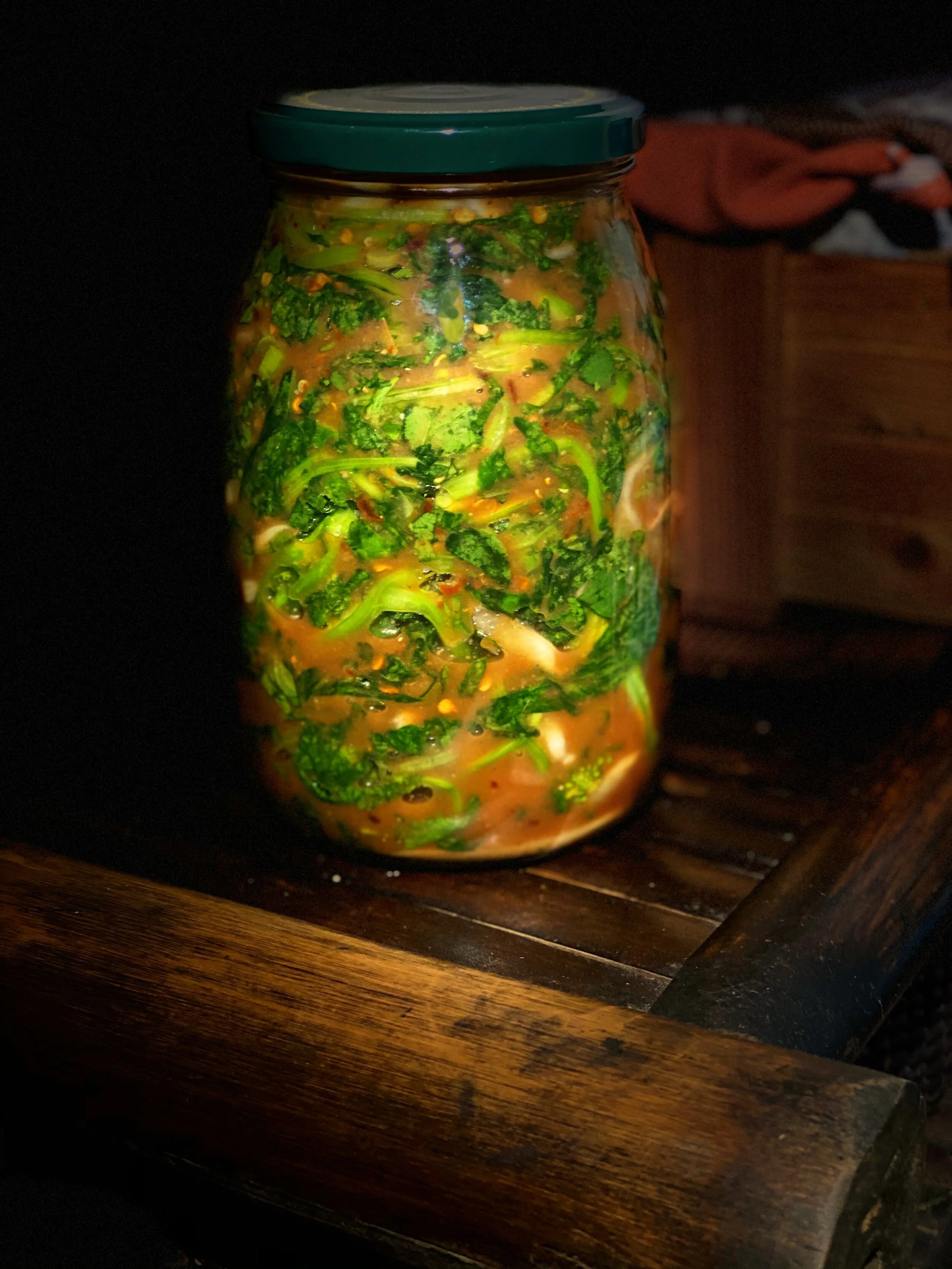I am posting this recipe as an homage to the Facebook group Wild Fermentation, as so many members were kind enough to ask me for the recipe for my first post on the group page. Here it is: friarielle kimchi.
I live in Italy, have for 30 years, and as an immigrant with no particular national reference of origin other than the US (though I did take the Ancestry DNA test recently…!), I feel that part of my role here, indeed, part of my purpose in life, is to bring my international culinary experience into the food that I make in Italy. Although Italian food projects an aura of timelessness, it has undergone vast changes on its long trajectory because human beings have always been curious about culinary novelties and the inherent possibilities in each foodstuff.
And I want to be part of that wave.
I’d like to dive into some of those supposedly timelessness Italian foods and contrast it with the changes that have taken place along Italy’s culinary timeline, but I would never get this post out and I promised it for today.
The last thing I want to say before I get to the recipe is that I had not planned on putting this on the website and so do not have a full photo display as I do for other recipes, just the final product.
Friarielle go by many names in Italy. I believe that this name is having a heyday in the US at present. They are also called broccoletti, rapini and cima di rape. Whatever name you prefer - they are fabulous.
There isn’t too much kale here in Italy, so I don’t have a lot of experience with it, but I suppose if you cannot find friarielle, kale will do in a pinch.
Friarielle kimchi
Ingredients
1 k turnip greens (preferably with little broccoli like heads)
[grind to a paste]
1/3 cup garlic cloves, peeled and roughly chopped
1 small onion, quartered
3cm young ginger (so that it is not too stringy)
[“porridge”]
1 cup water
1 tbsp rice flour
1 tbsp brown sugar
1 tbsp mirin, hoisin sauce, or brown sugar
[other]
1/3 cup fish sauce
1/4 cup chili flakes (or a combination of fresh red chili and dried) to taste
1/2 cup diakon, julienned
1/2 cup scallions, chopped
1 large bunch fresh coriander, leaves, minced
2 tbsp toasted sesame seeds (optional)
instructions:
Wash the vegetable (do not dry), salt it well, and leave it sit in a plugged sink for 30 minutes. Toss and leave another 30 min (or more while you are preparing).
Bring the water to a boil and add the porridge ingredients. Stir until thick, about 10 minutes.
Rinse the vegetable lightly. Mix it with the “other” ingredients in a large bowl.
Mix the paste with the porridge and pour it on top of the vegetable.
If you are well seasoned in the kitchen, mix the contents of the bowl well with your hands, lifting it, shaking it, and letting the strands drop into the bowl.
Press it tightly into a jar and put a plastic press under the lid so that the liquid is covering the vegetable.
Leave out for about four days. When it starts to get active (a bit sour, a bit bubbly) transfer it to cold storage or the fridge until it is right for you. The longer it sits, the more sour it will become. You can eat it at any point along the way.
A not on ingredients: add more or less of anything according to your taste. The spiciness of chilis will vary, but I recommend using a slightly milder one so that you can add a lot to get a good red color. The spiciness should just arrive at the threshold of your tolerance.
:맛있게 먹어
buon appetito!!!
Post script - I went back to my post on the Fermentation group page and posted my website page with the recipe. Without explanation, I was immediately and permanently blocked from the group. It stung for a while and I was hurt and confused, but I’ve joined another group. Life goes on.







